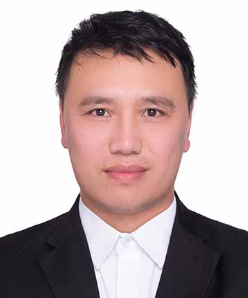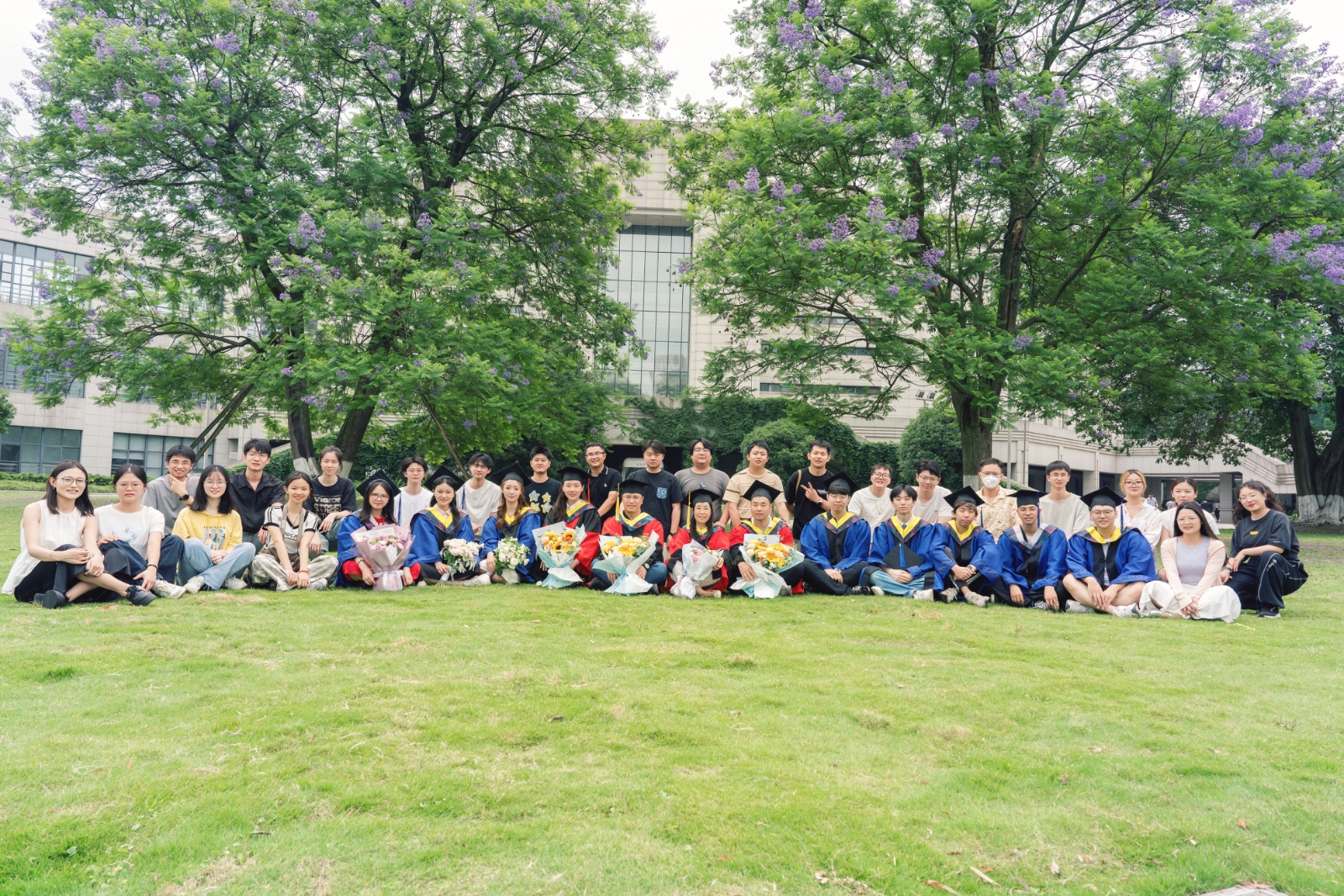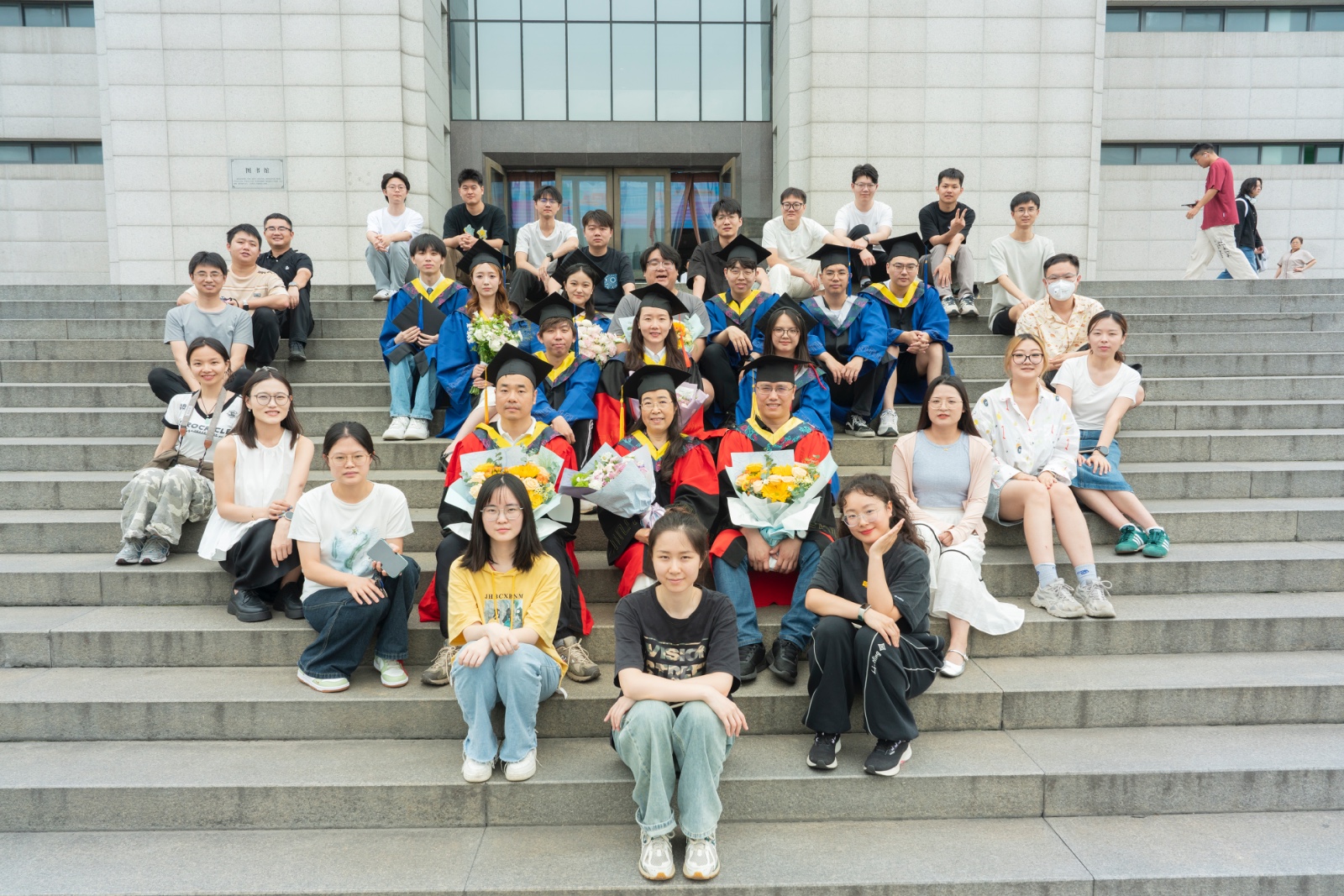
郭大庆
![]()
开通时间:..
最后更新时间:..
郭大庆,博士,电子科技大学教授、博导,入选国家青年人才、四川省杰青、四川省顶青等人才计划,担任中国自动化学会生物控制论与生物医学工程专业委员会副秘书长、中国神经科学学会计算神经科学和神经工程分会副主任委员、中国认知科学学会计算神经工程专委会委员。长期专注于计算神经科学与类脑研究领域,致力发现大脑信息处理的新机制,发展脑启发的高效脉冲神经网络学习方法,创建高精度数字孪生脑理论与计算平台,探索大脑疾病干预治疗的信息学新方法,努力为类脑智能和人类脑健康服务。先后主持多项国家级(自然基金、科技部重点研发课题等)、省部级国际合作重点/人才项目等,参与包括国家自然科学基金仪器研发、科技部重大科研仪器设备研制在内的多项重大项目研发。已在IEEE会刊、PLoS Comput. Biol.、IJNS、Phys. Rev.系列等国际刊物上发表/接收SCI检索论文80余篇,相关成果被国内外同行广泛正面评价(包括Nat. Neurosci、PNAS、eLife、J. Neurosci.、Automatica、IEEE TNNLS/TBME/T CYBERNETICS、J. Neural Eng.等在内的重要学术刊物)和实验验证。获2019年度中国生物医学工程学会 “黄家驷生物医学工程奖” 二等奖(排名3),获第九届中国力学学会自然科学奖二等奖(排名3),获2018年和2021年“英国物理学会中国高被引用作者奖”,获2016年度“电子科技大学校学术新人奖”,先后担任五本国际期刊的编委。其所领导的 类脑计算实验室 (实验室研究生)隶属于电子科技大学生命学院 & 神经信息教育部重点实验室 & 中国-古巴神经技术与脑器交互“一带一路”联合实验室 & 电子科技大学成都脑科学研究院 & 四川省脑科学与类脑智能研究院的 脑器交互团队。实验室具有丰富的项目来源,经费充足,随时欢迎对科研具有热情、努力工作的博士后、博士/硕士研究生、本科生及实习生的加入。详细个人信息,请见:Google Scholar主页, 硕博研究生招生主页。
博士后招聘:团队博士后招聘具体信息与待遇
2025年电子科技大学生命学院开学典礼发言稿,与大家共勉
我讲授的课程:
1. 《数据结构》(本科生,48学时; 2013年-至今)
2. 《脑智信息数据分析与模拟》(本科生,脑智明珠系列课程,本人16学时;2022年-至今)
3. 《计算神经科学导论》(硕博研究生,16学时;2016年-至今)
实验室工作介绍:
1. AI算法及应用(含脉冲神经网络等):
(1) W Cai, et al., Robust Spatiotemporal Prototype Learning for Spiking Neural Networks, IEEE Transactions on Neural Networks and Learning Systems, 2025.
(2) D Chen, et al., Manifold Embedding for Fast and Accurate 3D Reconstruction, IEEE Transactions on Multimedia, 2025.
(3) H Sun, et al., Reliable Object Tracking by Multimodal Hybrid Feature Extraction and Transformer-Based Fusion, Neural Networks, 2024.
(4) W Cai, et al., A Spatial–Channel–Temporal-Fused Attention for Spiking Neural Networks, IEEE Transactions on Neural Networks and Learning Systems, 2024.
(5) H Sun, et al., A Synapse-Threshold Synergistic Learning Approach for Spiking Neural Networks, IEEE Transactions on Cognitive and Developmental Systems, 2023.
(6) H Sun, et al., ST-FlowNet: An efficient Spiking Neural Network for event-based optical flow estimation, Neural Networks, 2025.
(7) W Cai# & J He#, et al., Regression-Assisted Classification for CT-Based Portal Hypertension Diagnosis, MICCAI, 2025.
(8) W Cai, et al., NSPDI-SNN: An efficient lightweight SNN based on nonlinear synaptic pruning and dendritic integration , Neural Networks, 108417, 2025.
(9) H Sun, et al., Toward Efficient Spiking Transformers: Synapse Pruning Meets Synergistic Learning-Based Compensation, Preprint (Arxiv), 2025.
2. 跨尺度神经计算建模(含数字孪生脑等):
(1) S Guo et al., Ten years of the digital twin brain: Perspectives and challenges, EPL (invited perspective), 2025.
(2) G Zhang et al., Computational exploration of dynamic mechanisms of steady state visual evoked potentials at the whole brain level, NeuroImage, 2021.
(3) G Zhang et al., Computational exploration of the SSVEP response and regulation in schizophrenia by large-scale brain dynamics modeling, Nonlinear Dynamics, 2025.
(4) D Wu et al., Heterogeneity of synaptic input connectivity regulates spike-based neuronal avalanches, Neural Networks, 2019.
(5) M Chen et al., Bidirectional Control of Absence Seizures by the Basal Ganglia: A Computational Evidence, PLoS Computational Biology, 2014.
(6) M Chen et al., Critical roles of the direct GABAergic pallido-cortical pathway in controlling absence seizures, PLoS Computational Biology, 2015.
(7) D Guo et al., Frequency-difference-dependent stochastic resonance in neural systems, Physical Review E, 2017.
(8) D Guo et al., Functional importance of noise in neuronal information processing, EPL (invited perspective), 2018.
3. 脑机接口解码与脑疾病模式识别算法:
(1) Y Zhang, et al., Correlated component analysis for enhancing the performance of SSVEP-based brain-computer interface, IEEE Transactions on Neural Systems and Rehabilitation Engineering, 2018.
(2) Y Zhang, et al., Two-stage frequency recognition method based on correlated component analysis for SSVEP-based BCI, IEEE Transactions on Neural Systems and Rehabilitation Engineering, 2018.
(3) Y Lin, et al., Identifying refractory epilepsy without structural abnormalities by fusing the common spatial patterns of functional and effective EEG networks, IEEE Transactions on Neural Systems and Rehabilitation Engineering, 2021.
(4) J Hao, et al., Roles of Very Fast Ripple (500–1000Hz) in the Hippocampal Network During Status Epilepticus, International Journal of Neural Systems, 2019.
(5) W Yao, et al., Time irreversibility and amplitude irreversibility measures for nonequilibrium processes, Communications in Nonlinear Science and Numerical Simulation, 2021.
(6) Q Liao, et al., A Brain-to-Population Graph Learning Framework for Diagnosing Brain Disorders, Preprint (Arxiv), 2025.
实验室照片:


电子科技大学
工学学士学位
中国科学院研究生院
工学硕士学位
电子科技大学
工学博士学位